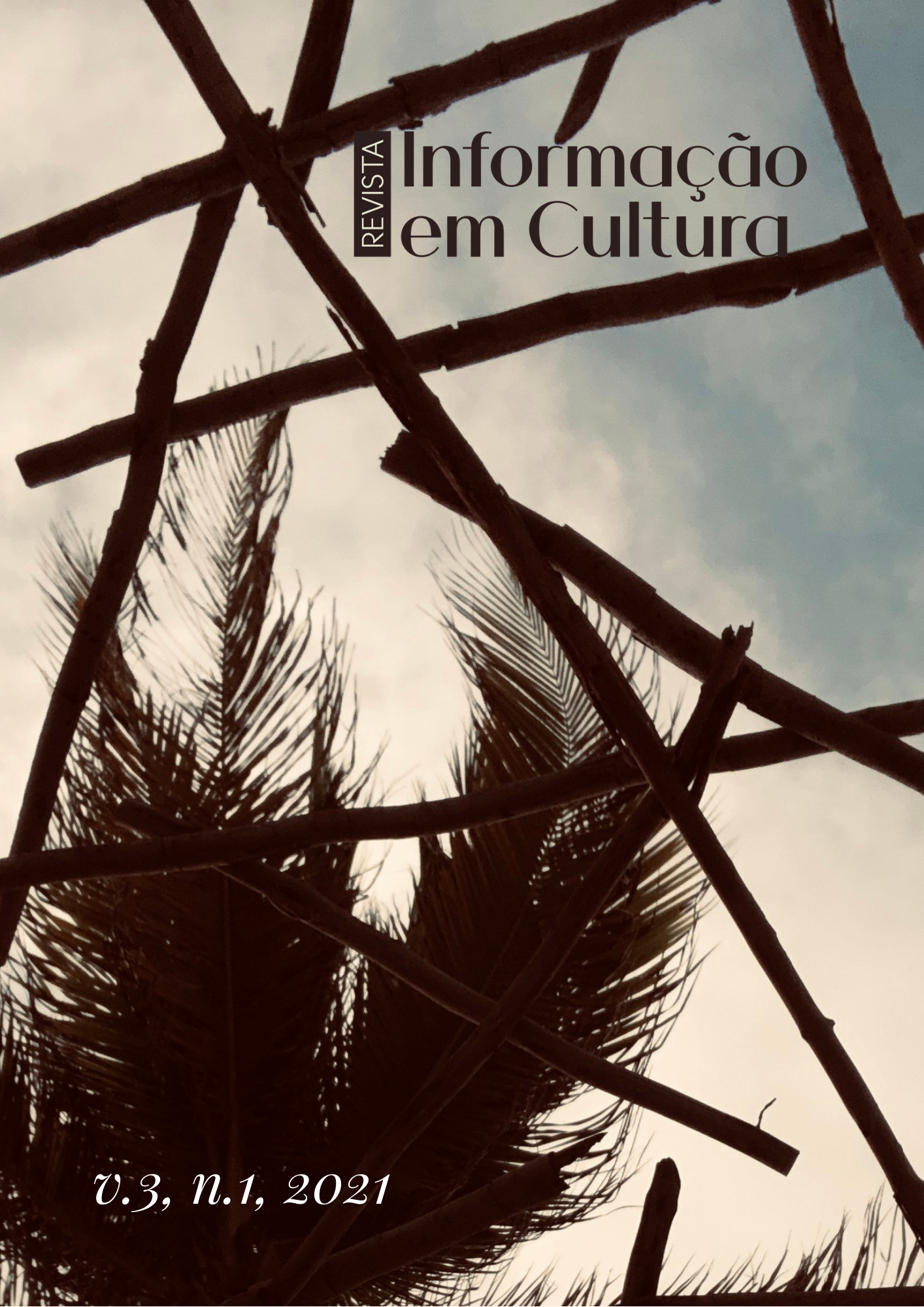Rio e Bahia/ Centro e Periferia
alguns discursos jornalísticos baianos e cariocas, durante a ascensão do samba no projeto nacionalista brasileiro
DOI:
https://doi.org/10.21708/issn2674-6549.v3i1a9109.2021Keywords:
Samba, Cidades, Identidade, Exaltação, Discurso, Cities, Identity, Exaltation, SpeechAbstract
Português
No presente artigo, analisarei como os jornais cariocas Correio da Manhã e Jornal do Brasil e o jornal baiano O Imparcial construíram discursos de valorização de seus lugares de origem, a partir da exaltação das produções sambistas cariocas e baianas, entre os anos 30 e 40 do século XX. Com base na análise do discurso, de Van Dijk (2008), e empregando os autores da teoria das identidades Woodward (2009) e Moura (2001), observou-se que, de um lado, o centralismo cultural da capital fluminense esboçou-se na valorização do “samba carioca”, inventando um Rio de Janeiro brilhante, moderno e, frequentemente, confundido com o bojo do projeto nacionalista brasileiro. Por outro lado, no discurso do jornal baiano, pintou-se uma Bahia ciosa de mostrar o seu valor cultural, evidenciando os artistas nativos que, na capital, fizeram sucesso e exaltaram as qualidades de sua terra, buscando fazer reconhecer as suas características identitárias.
Inglês
In this article, I will analyze how the Rio de Janeiro newspapers Correio da Manhã and Jornal do Brasil and the Bahian newspaper O Imparcial built exaltation speeches of appreciation of their places of origin, starting of the sambista productions cariocas and baianas, between the 30's and 40's of the twentieth century. Based on Van Dijk's (2008) discourse analysis and using the authors of the identities theory Woodward (2009) and Moura (2001), it was observed that, on the one hand, the cultural centralism of the Rio de Janeiro capital in the valorization of “samba carioca”, inventing a bright, modern Rio de Janeiro, often confused with the bulge of the Brazilian nationalist project. On the other hand, in the speech of the Bahian newspaper, a jealous Bahia was painted to show its cultural value, highlighting the native artists who, in the capital, were successful and exalted the qualities of their land, seeking to recognize their identity characteristics.




